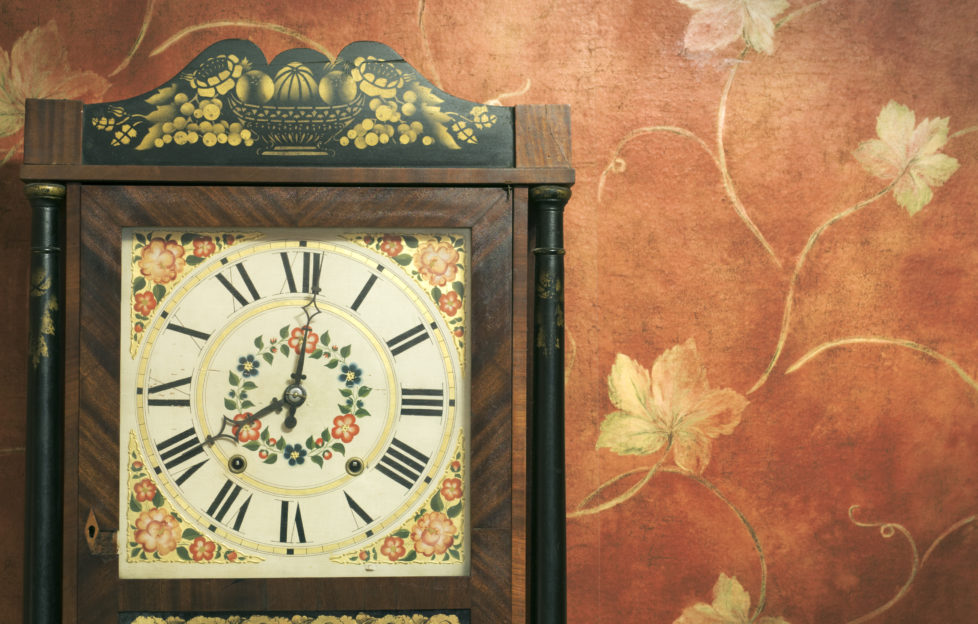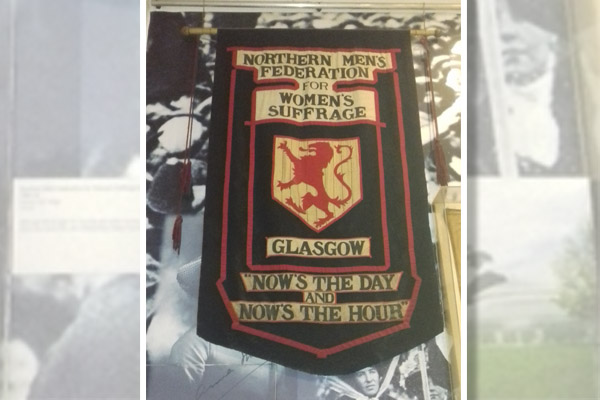Finding Inspiration For Your Next Story

The other day I received a query from a writer inquiring about Shirley’s Story Starters, and whether there is a protocol when it comes to writing stories around them.
In its simplest form, a Story Starter is a means to an end. That end is, hopefully, a completed short story. You might think that a story will only be considered if the image is featured somewhere in the story. But this isn’t the case. These images are nothing more than inspiration, there to help form ideas and images in your mind.
The imagination often works slowly. So let your mind rest on the scene before you. Consider different aspects of the composition in turn, and allow the seeds of creativity to take root.
We don’t often need to look far for inspiration. Nature herself is one of the greatest providers. Personally, if I am looking for story ideas I prefer to have an illustration or photograph in front of me, so I can regularly let my mind dwell on the scene.
But this is never done under any constraint. It’s easy to become disillusioned if you feel a story prompt isn’t working. But try to see it as a challenge. Patiently wait for your imagination to begin piecing a story jigsaw together.
Inspiration For The Clockmaker’s Apprentice
I once wrote a story around an illustration of a woman dressed for winter, outside a grand-looking house. It was a modern scene, and for over a month I had that illustration on my desk, hoping it would inspire.
Days and weeks slowly passed, yet nothing sprung to my mind. It wasn’t till I stopped trying to fit that exact illustrative scene into a story that my mind began to relax. Instead of focussing on the woman, what about the house – who lived there, and did they have a story to tell? Ultimately, that didn’t nothing for me, either. So it was back to the house, and the sights and sounds inside . . .
It was then I began to hear the ticking of a clock inside the house, possibly a grandfather clock in the hallway, and that was when my imagination took hold and I began to write.
The finished result was a period story set in the 19th century, featuring a clockmaker’s apprentice and a clock-making competition. And all this from a modern-day illustration, which in no way resembled any part of the finished story.
But as we often say on the Fiction Team, a story is always the goal of visual prompts, no matter how the writer arrives there.
So don’t limit your imagination by what you can visibly see and hear. Wait and see if anything else springs to mind. And like the tick-tock sound of a clock, words will often begin to rhythmically form into new, exciting stories.
Find more great inspiration and advice from Alan and the team on the Writing Tools page.










